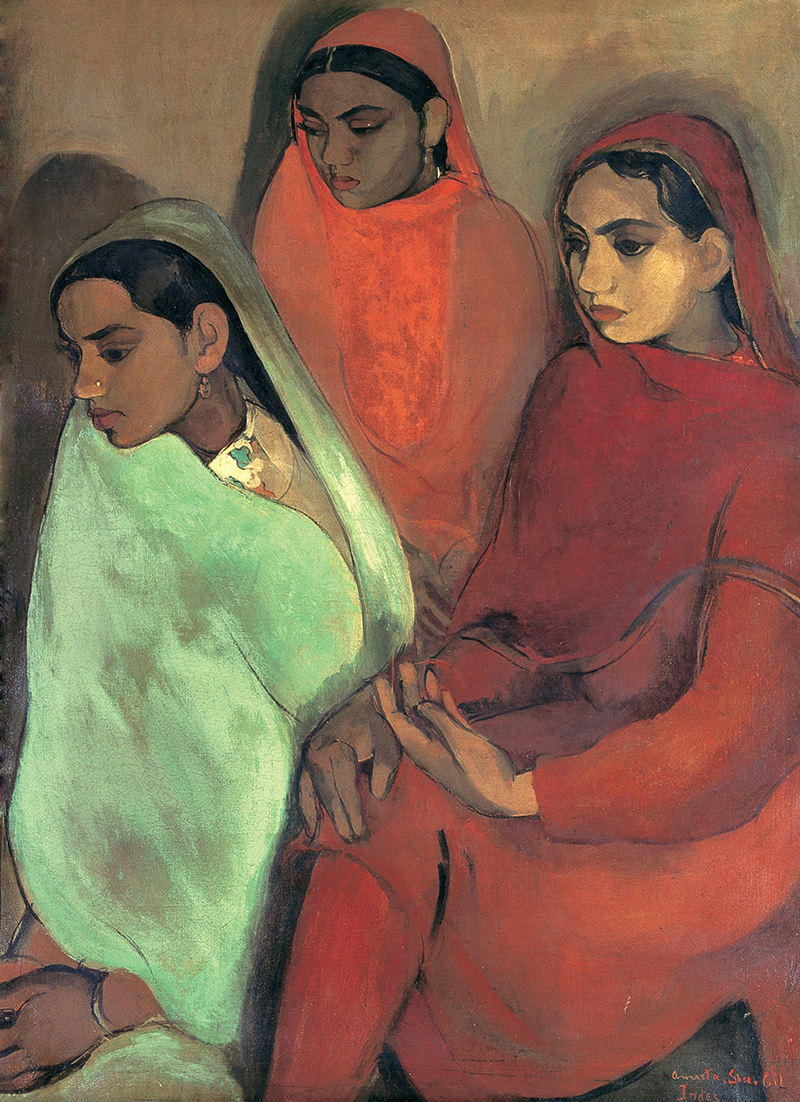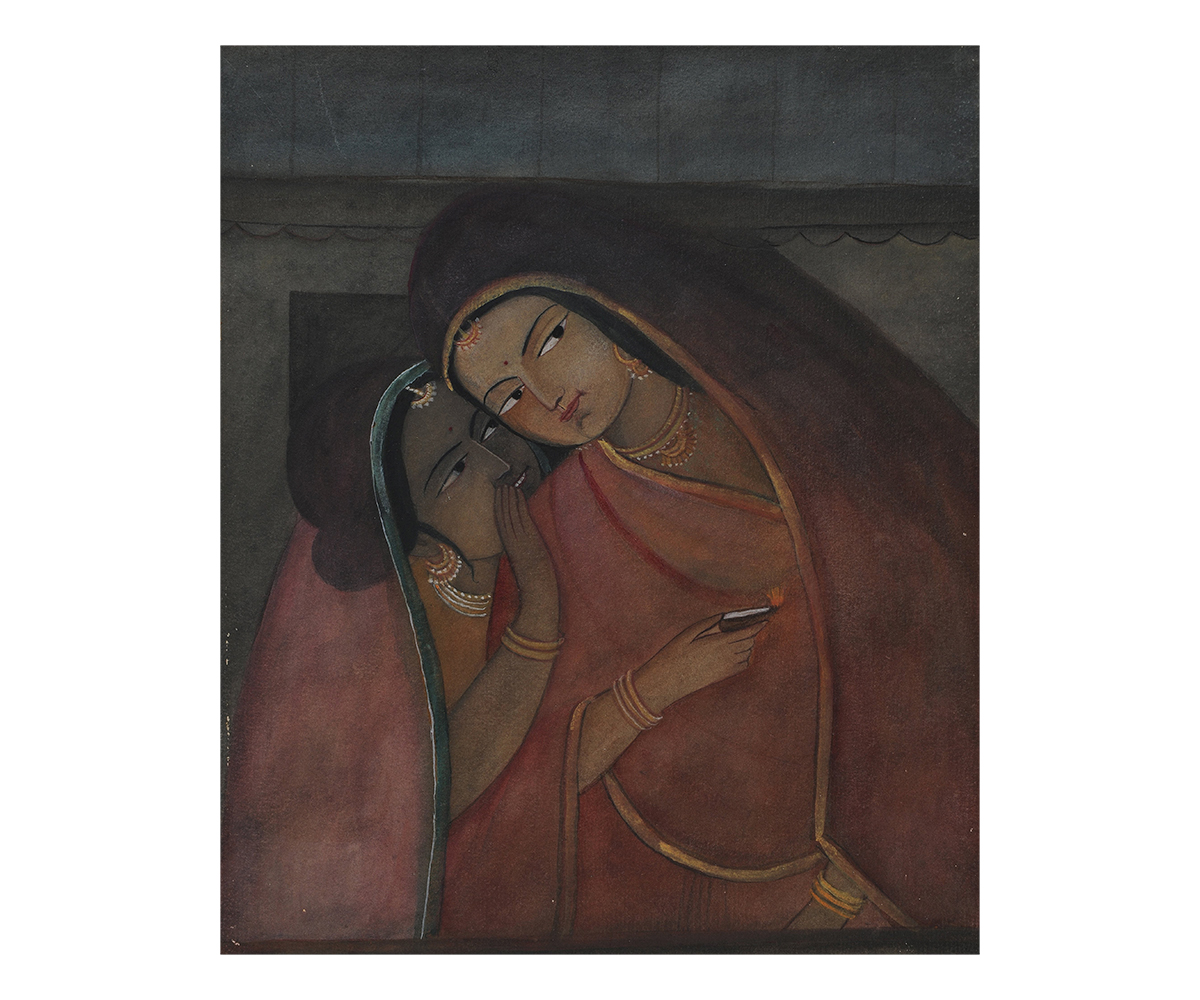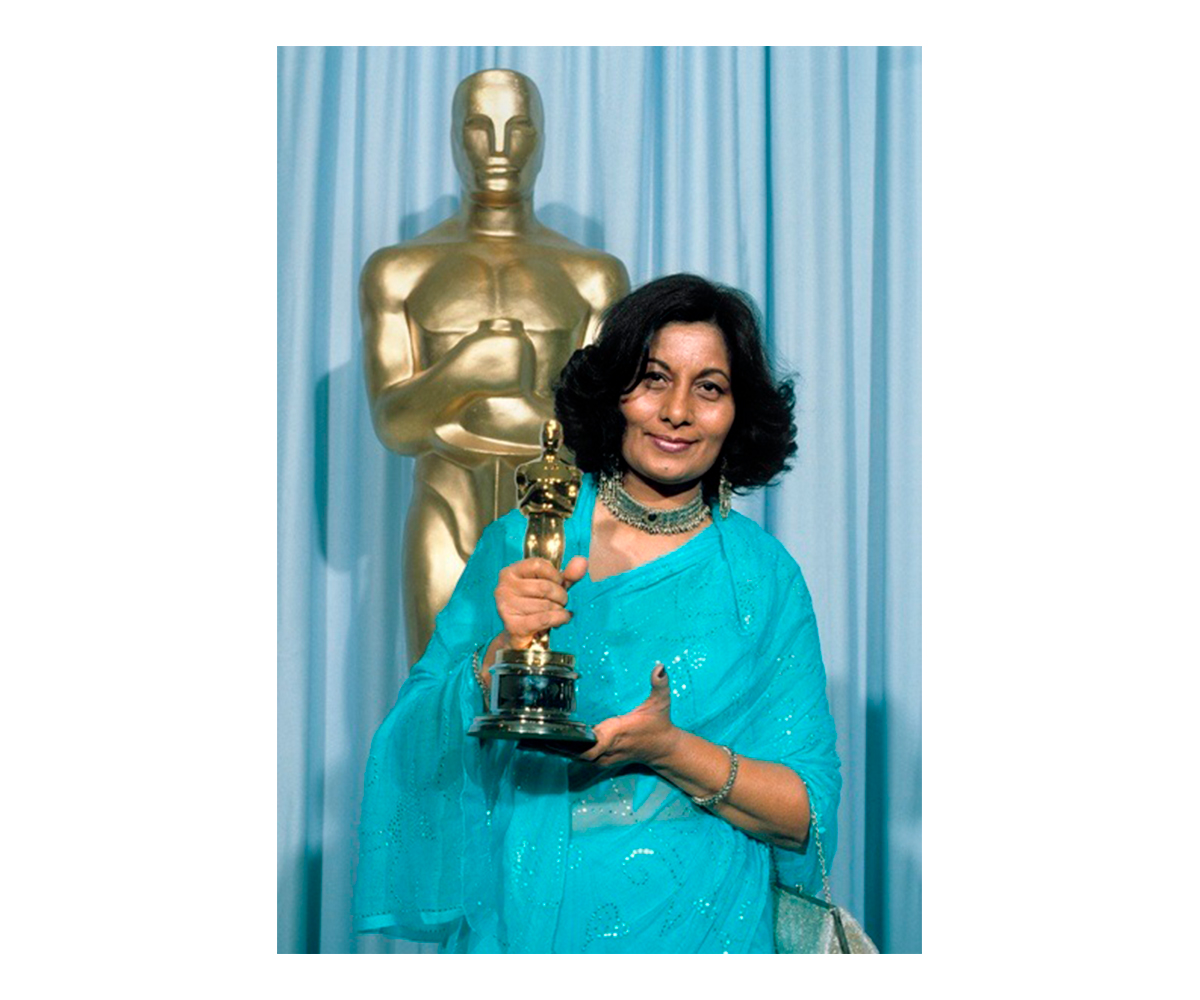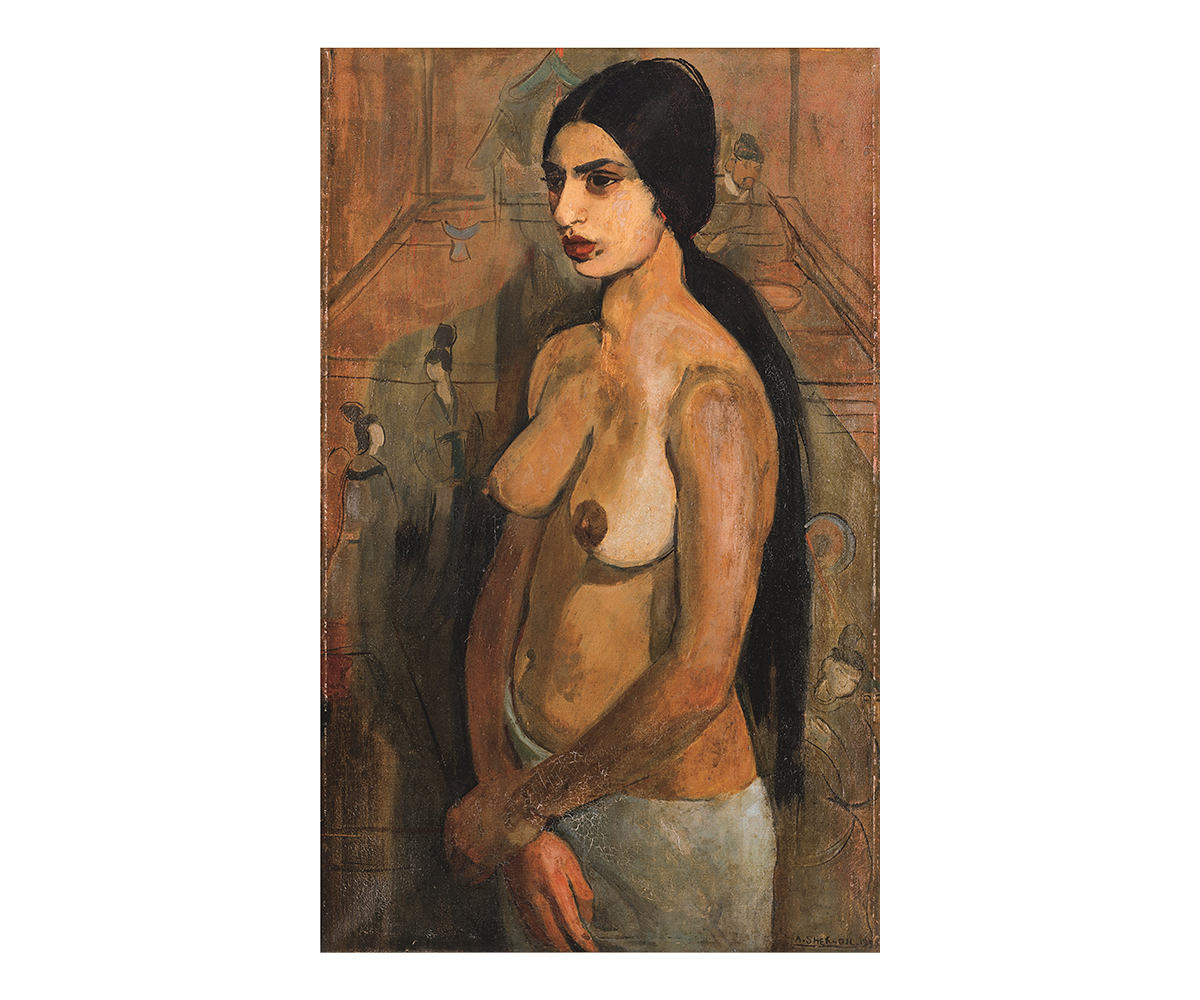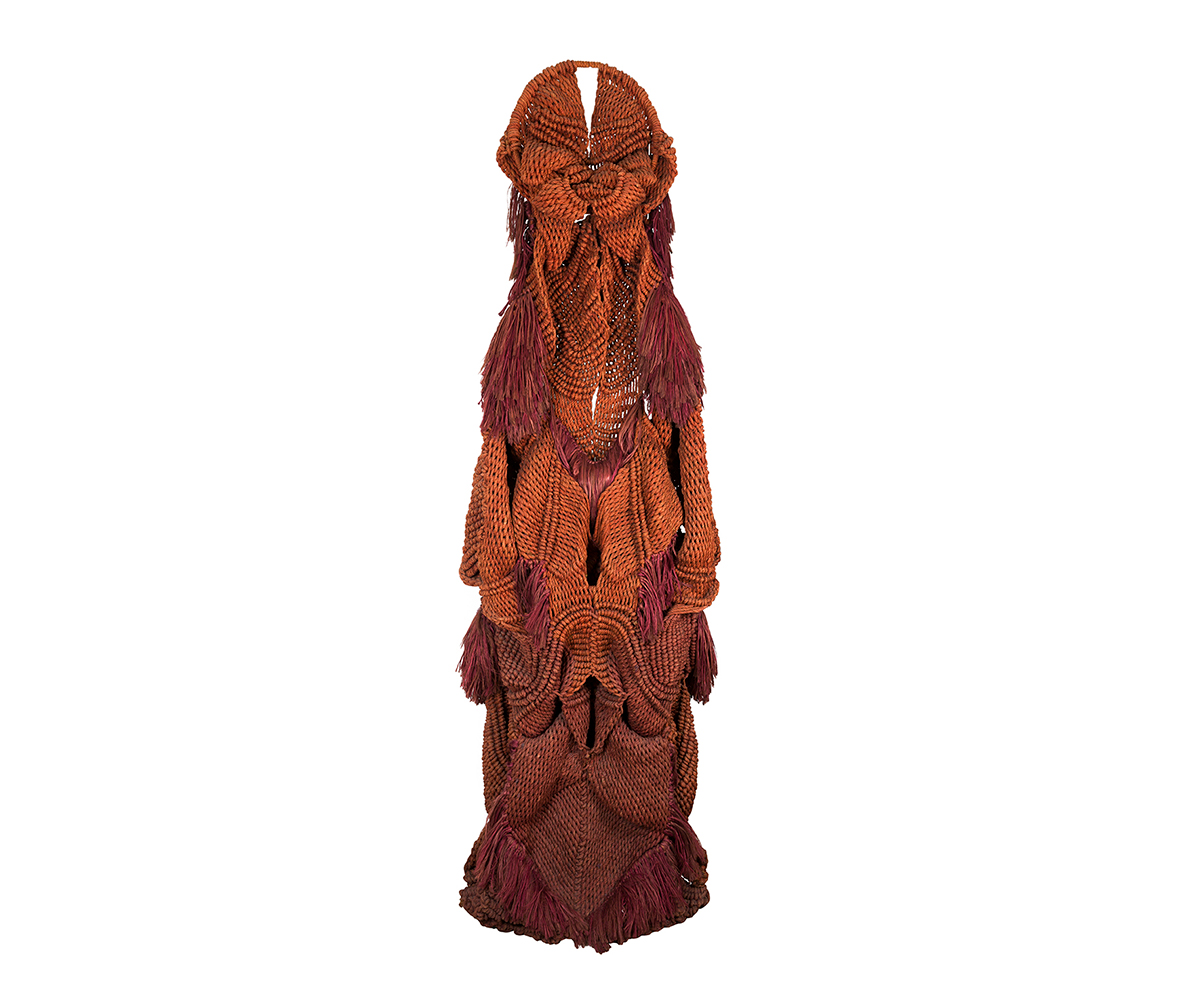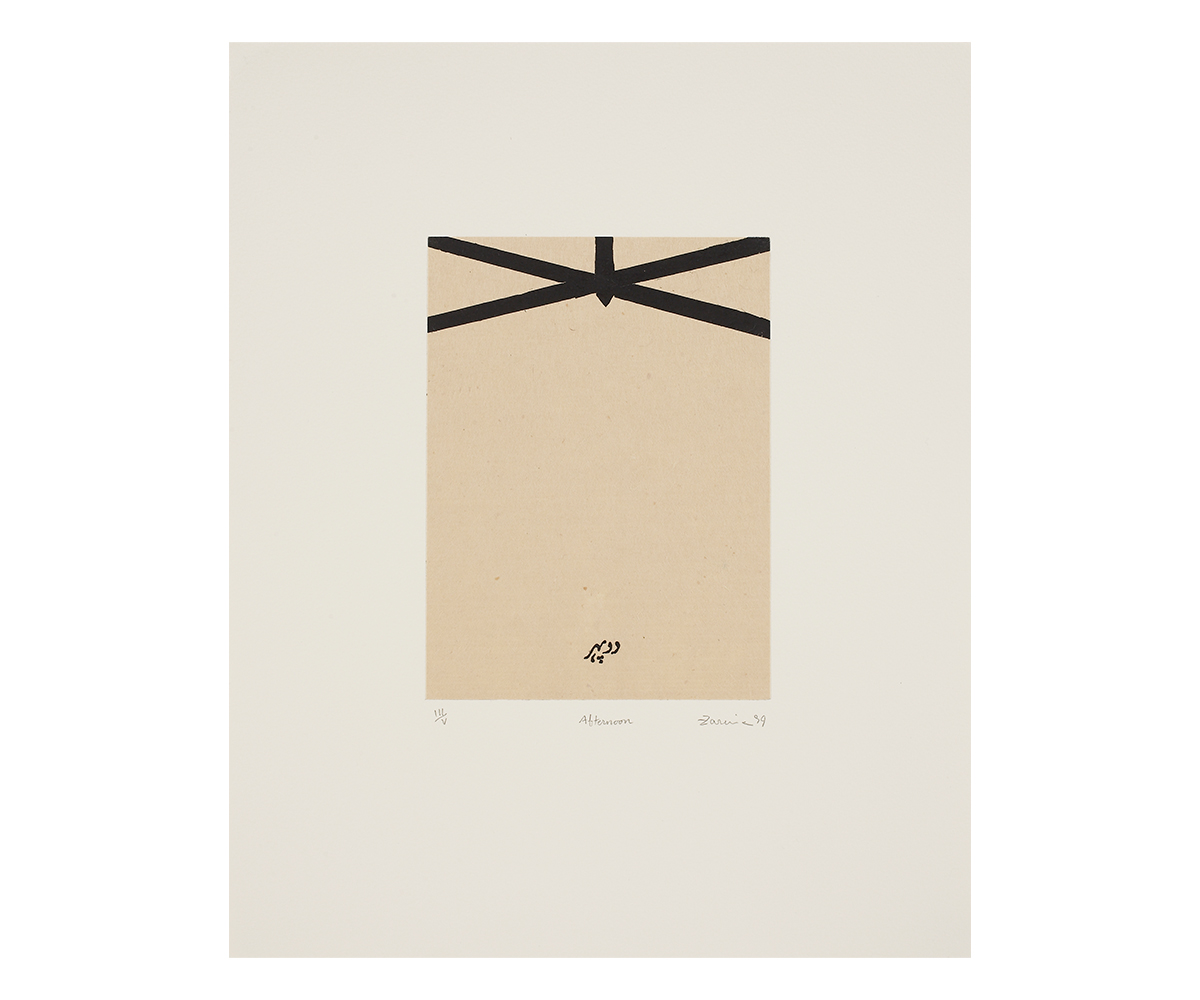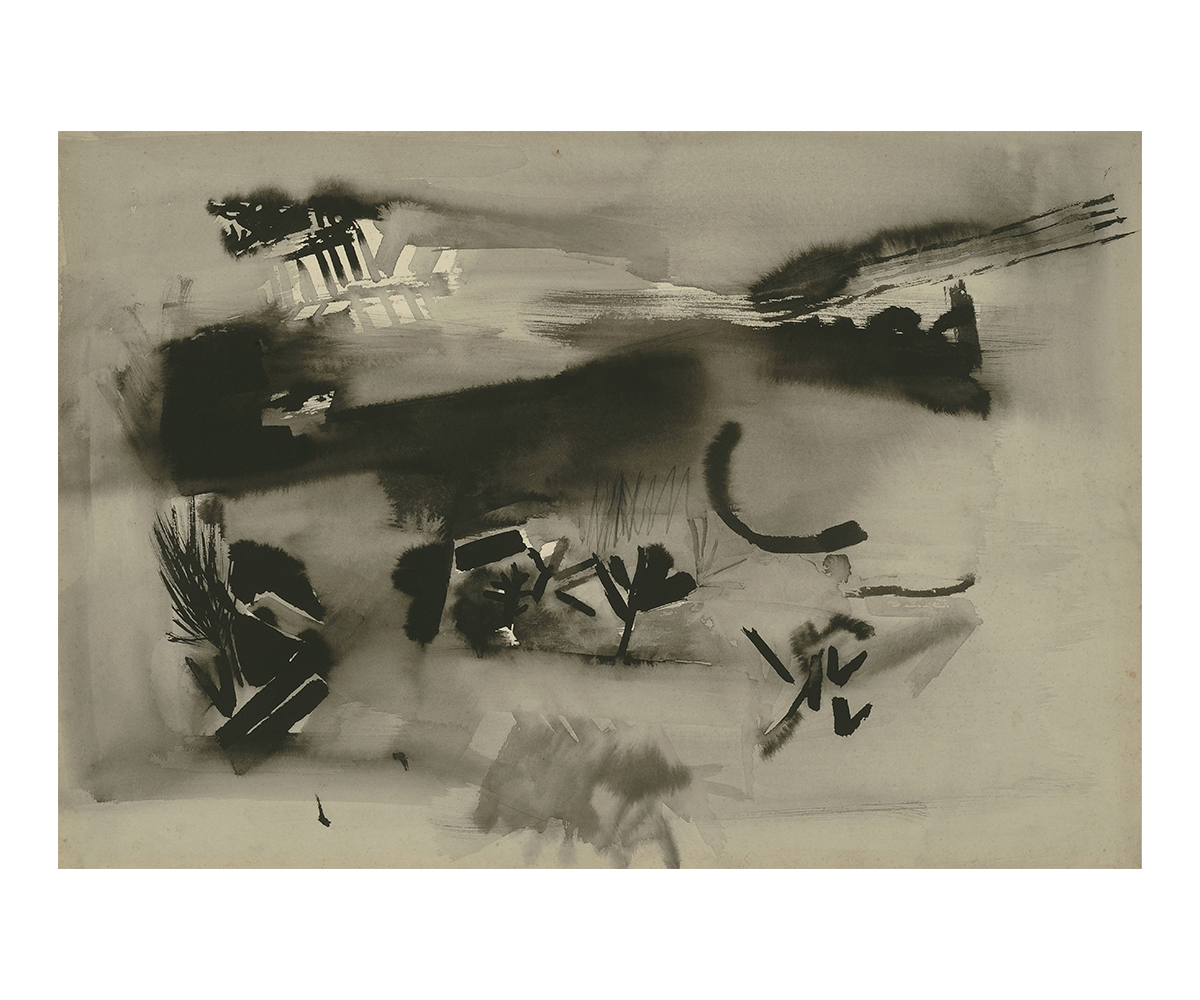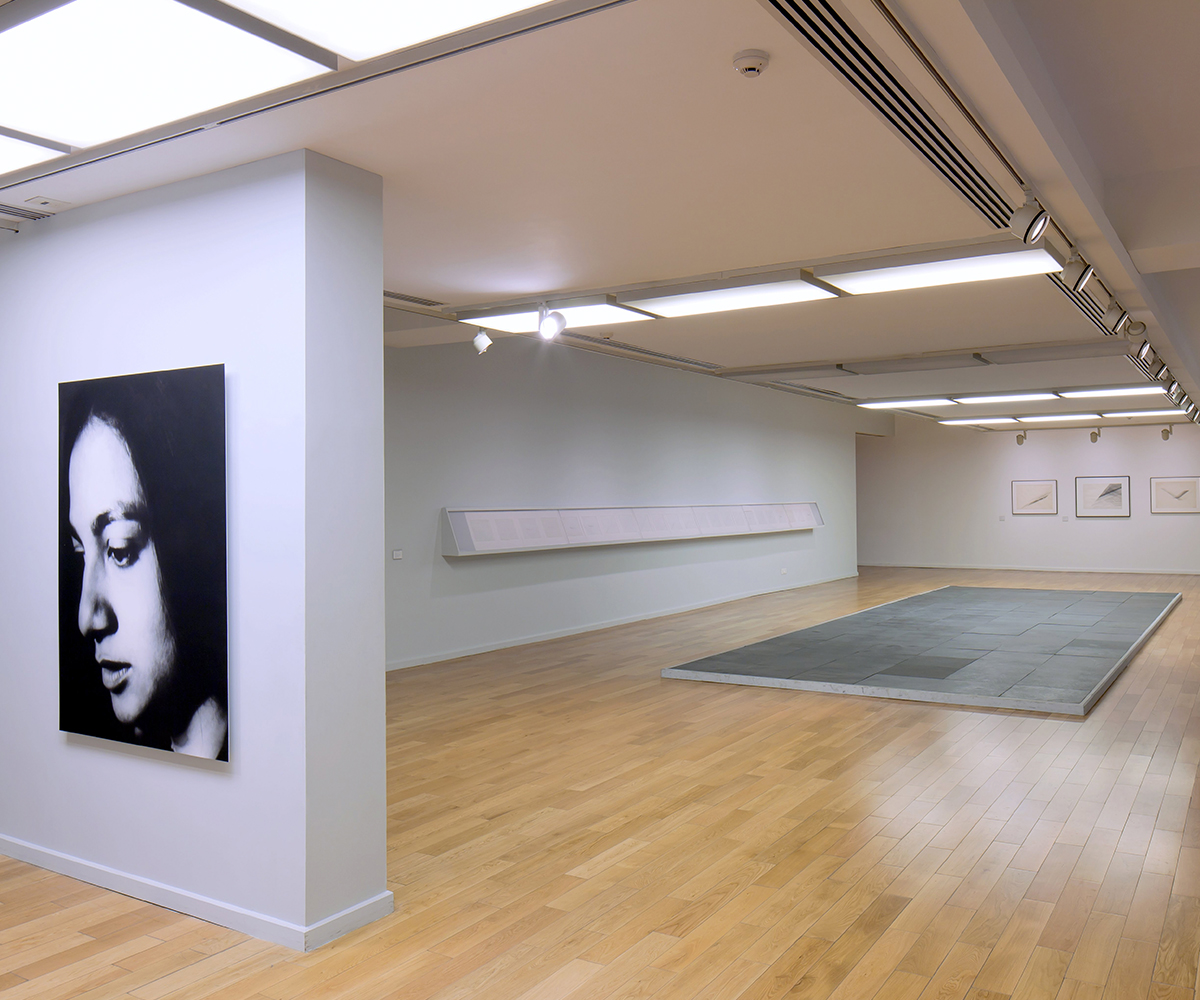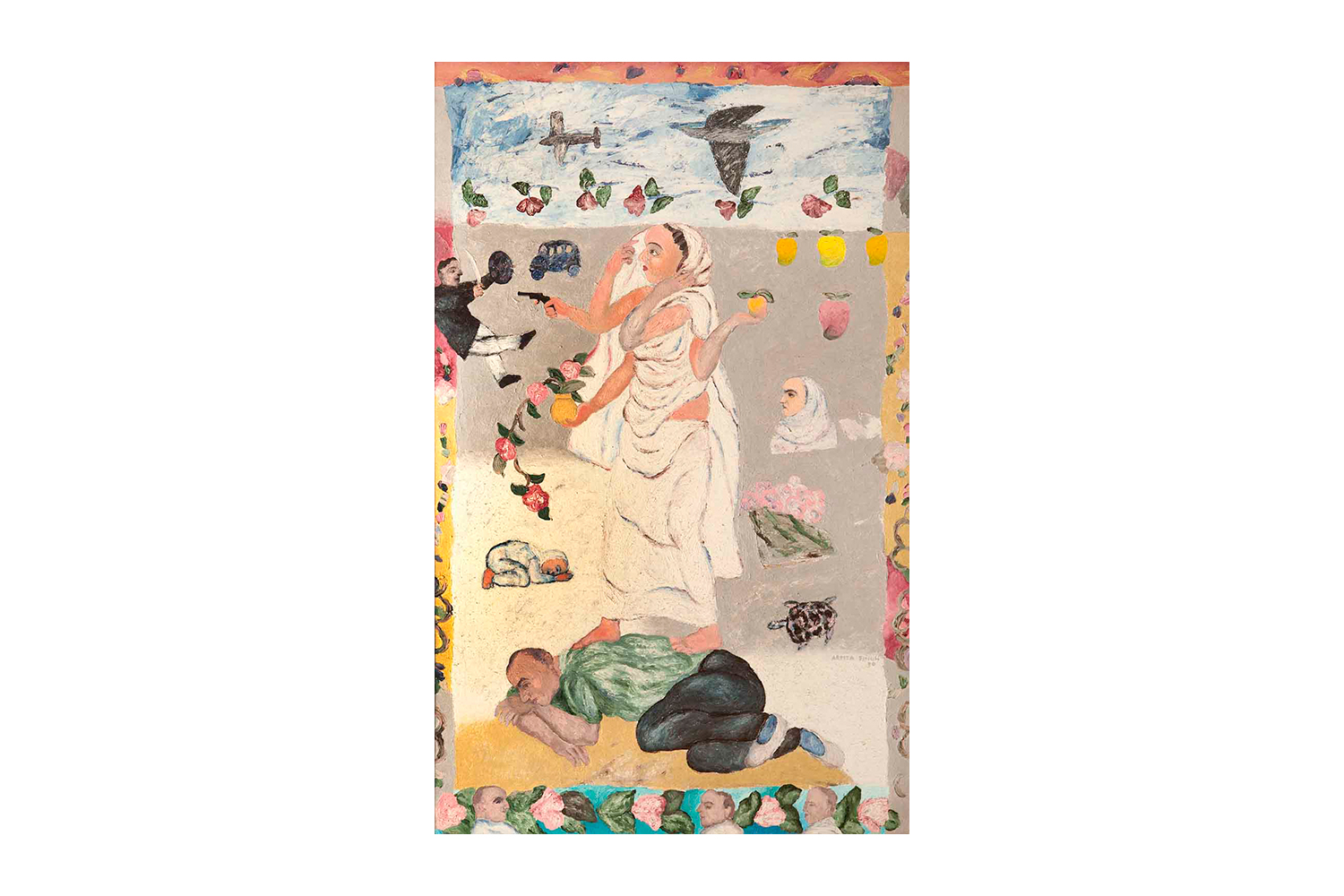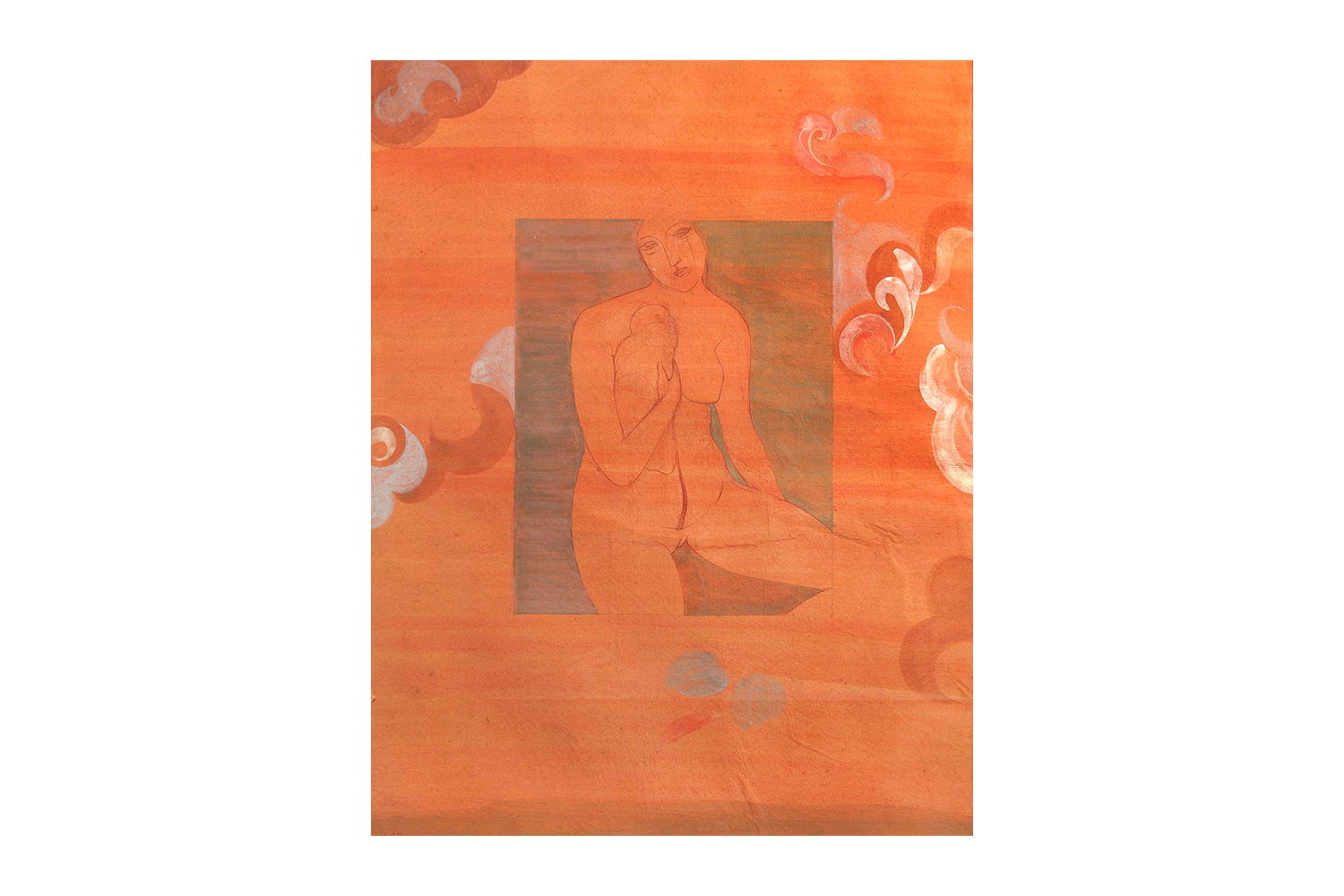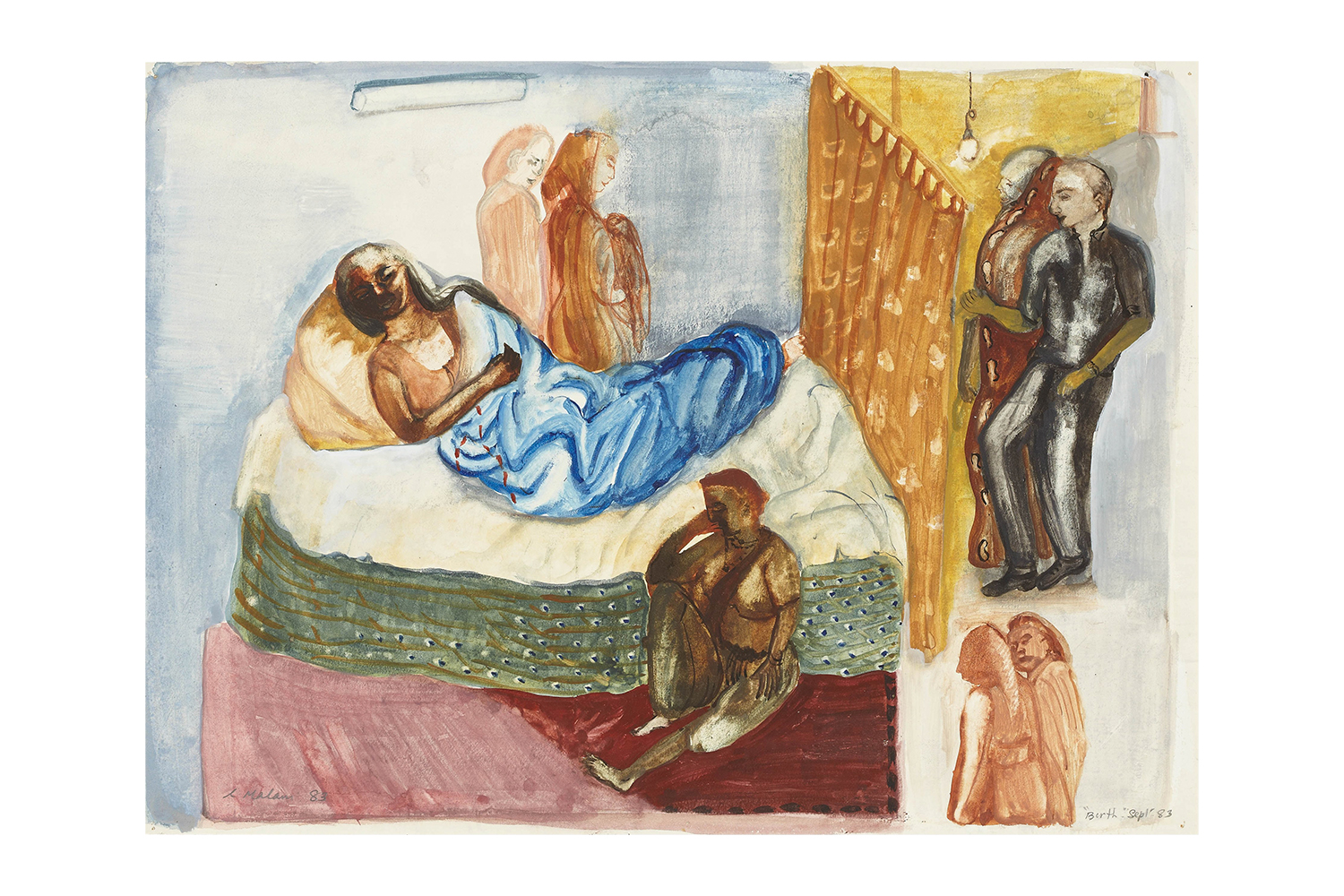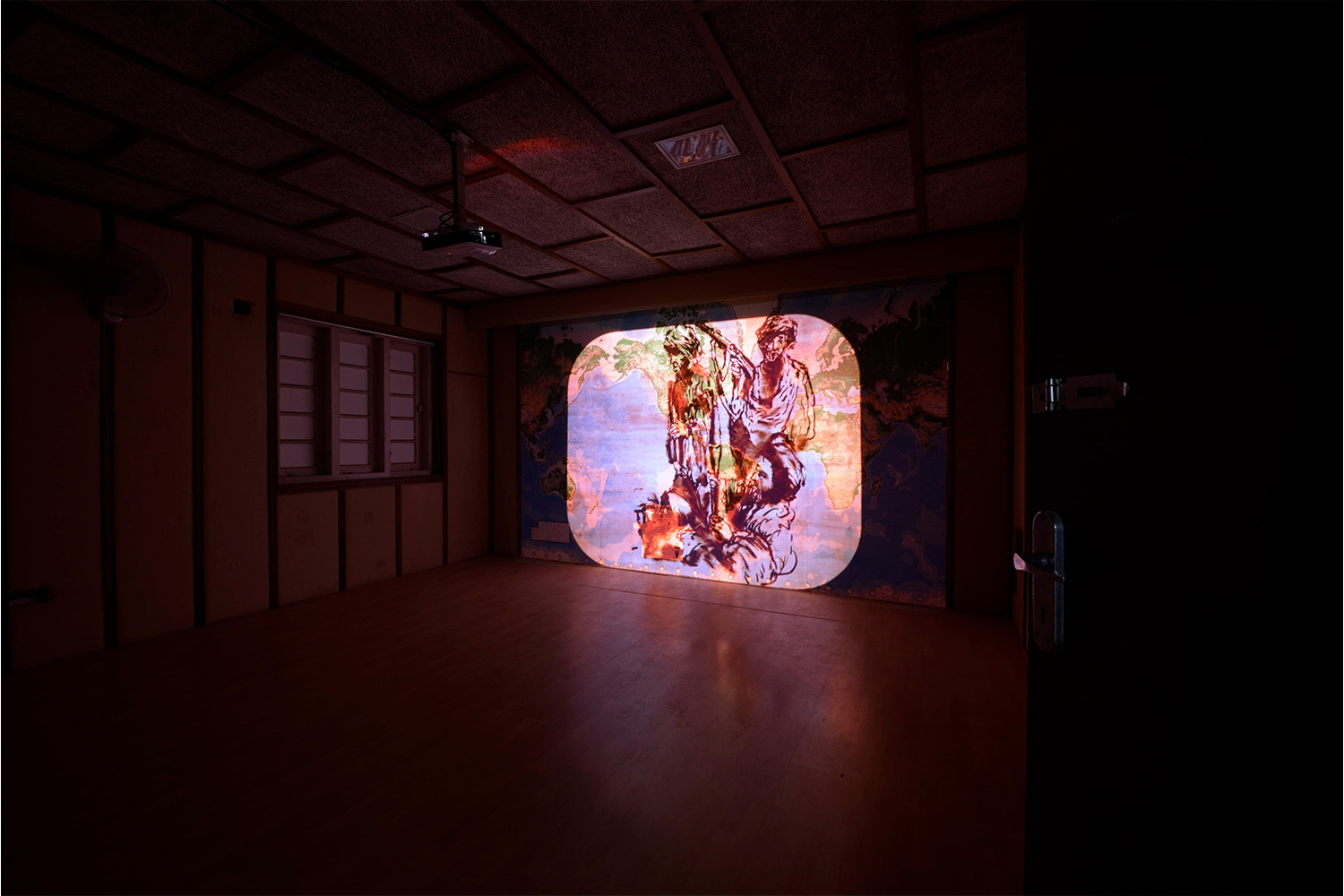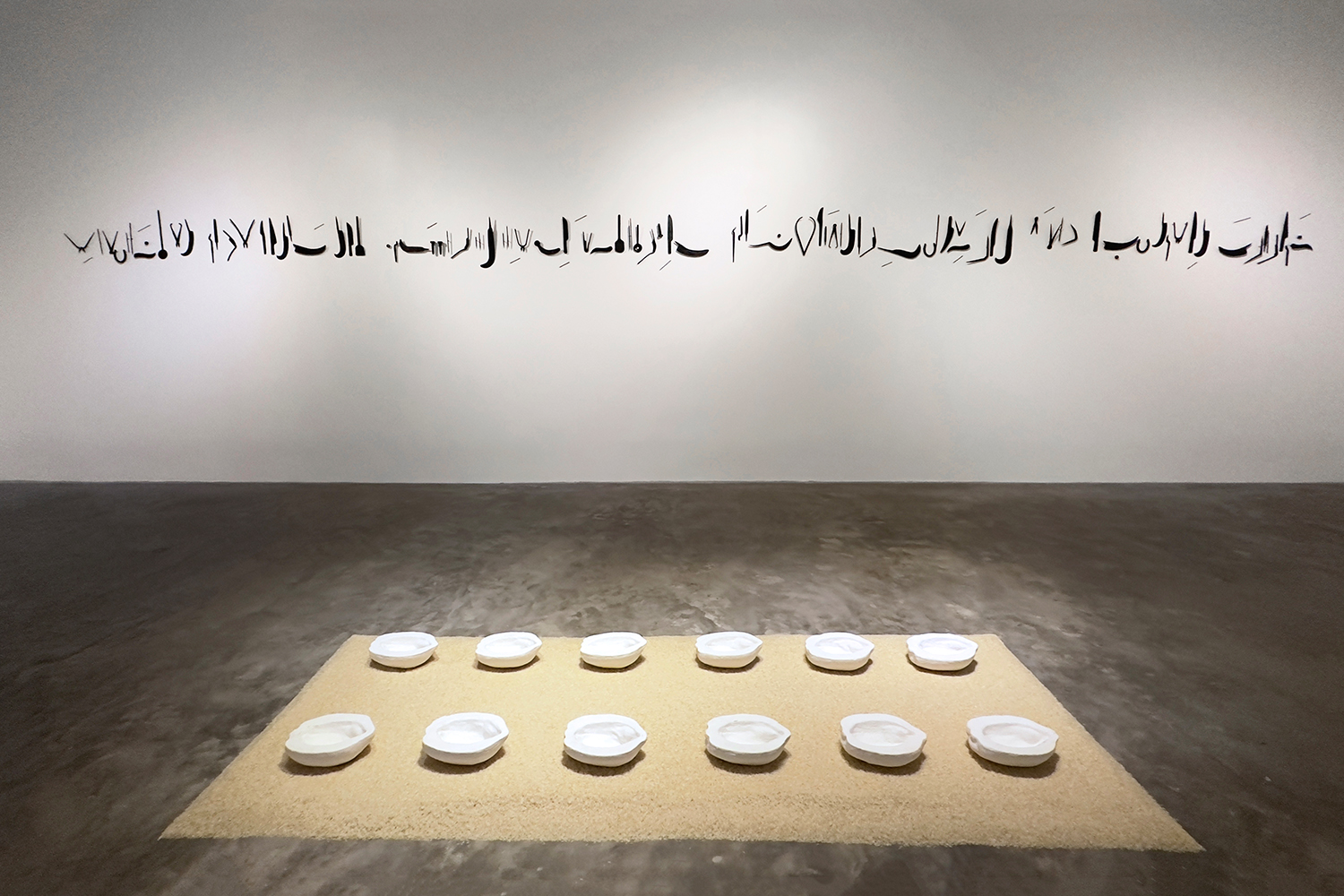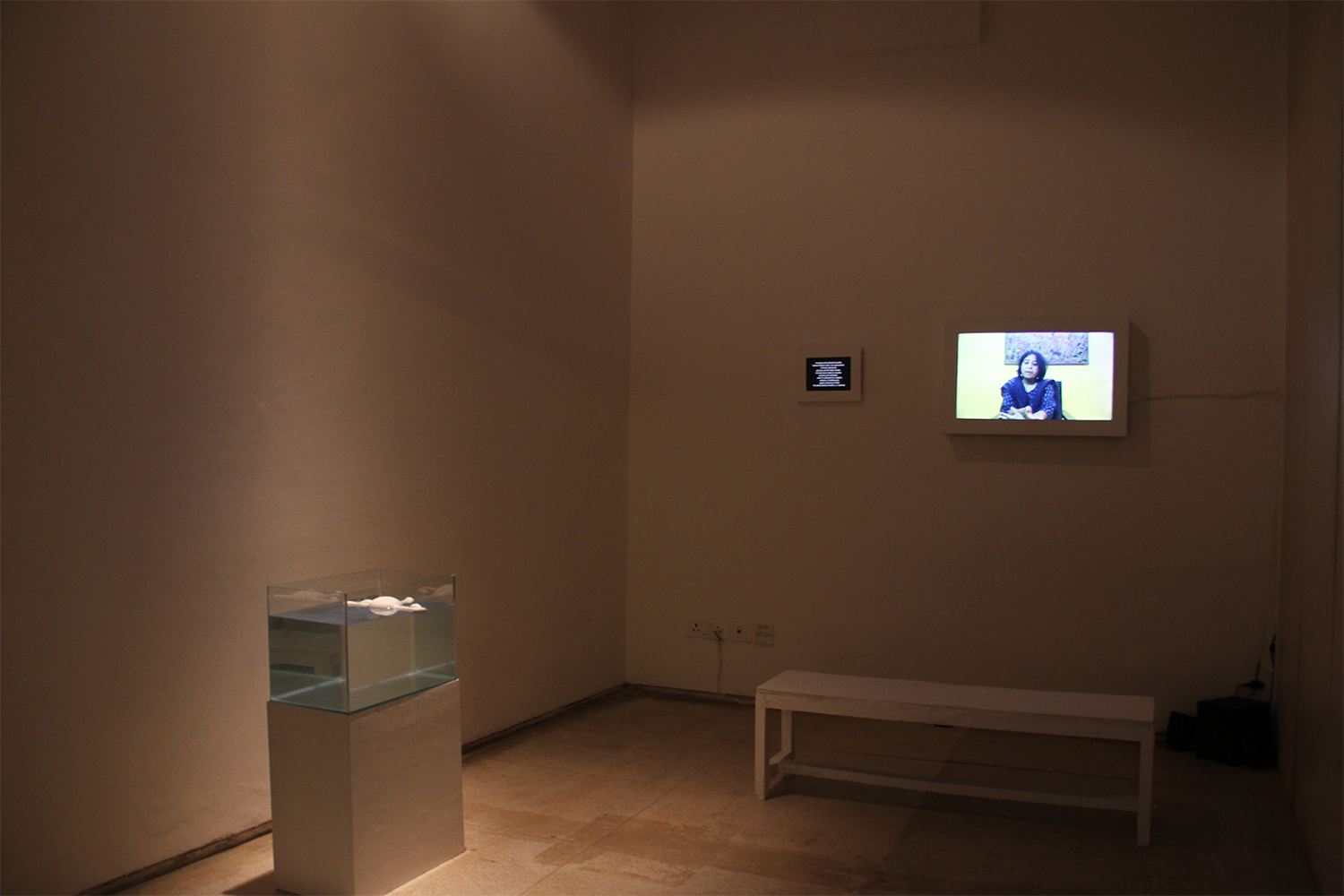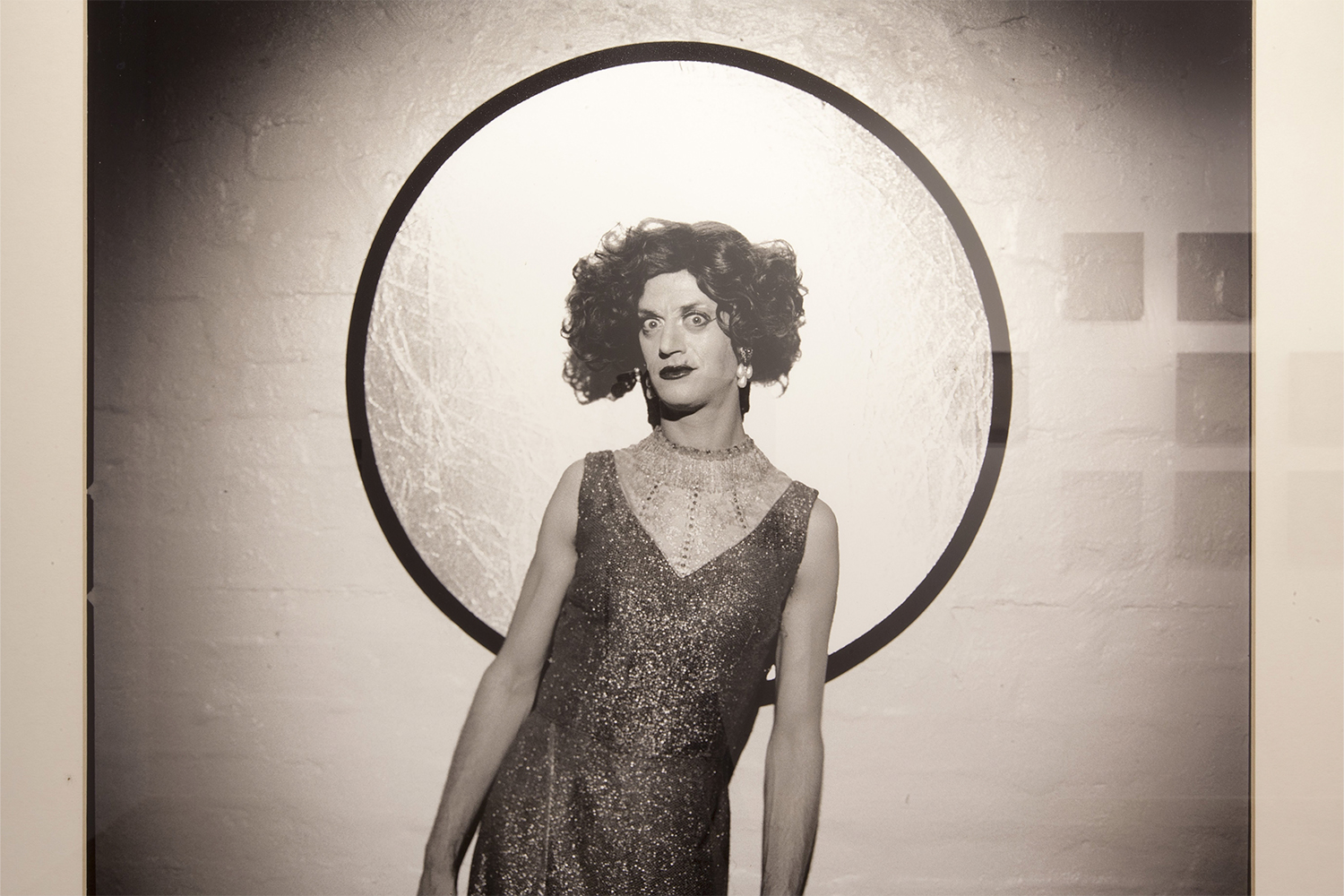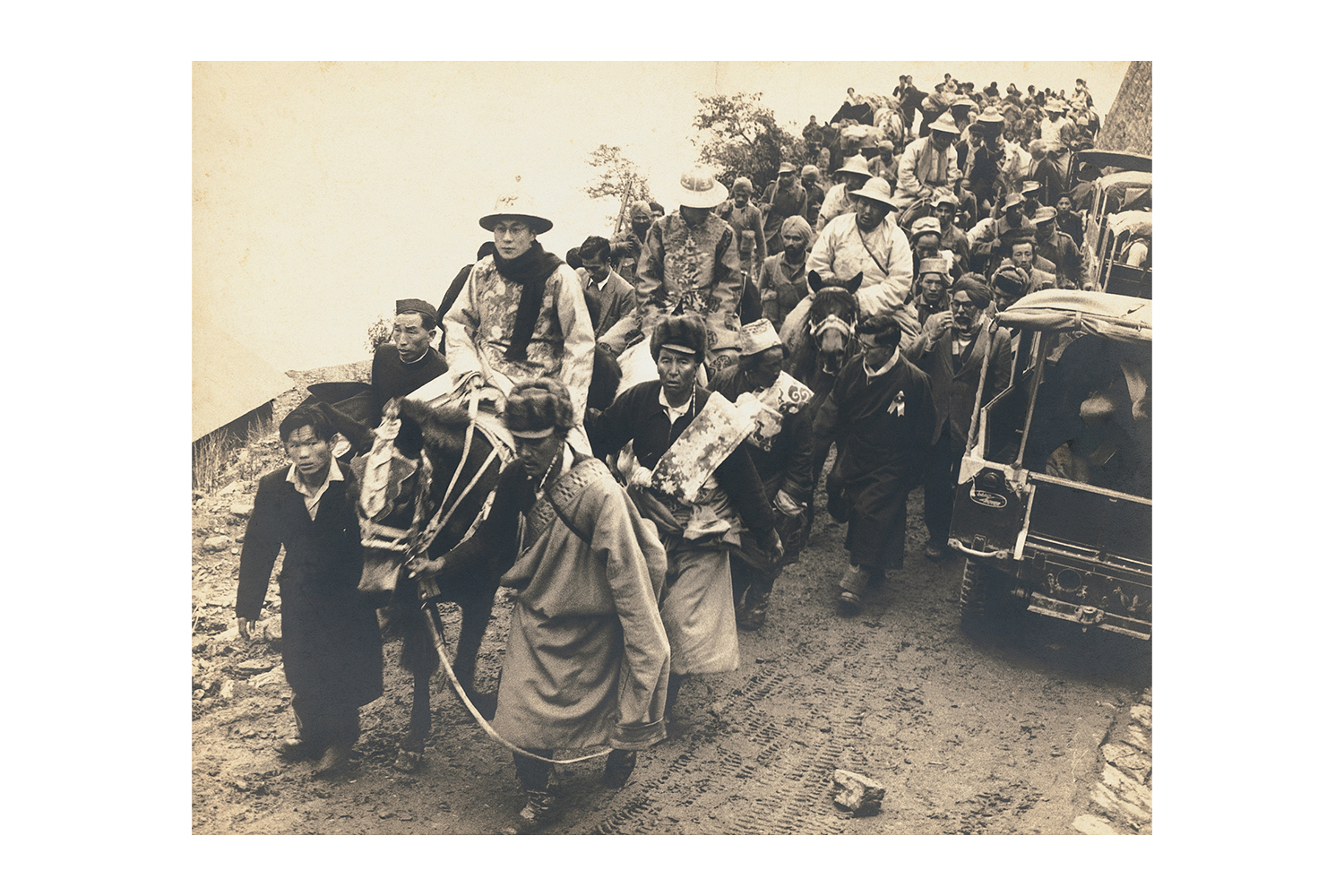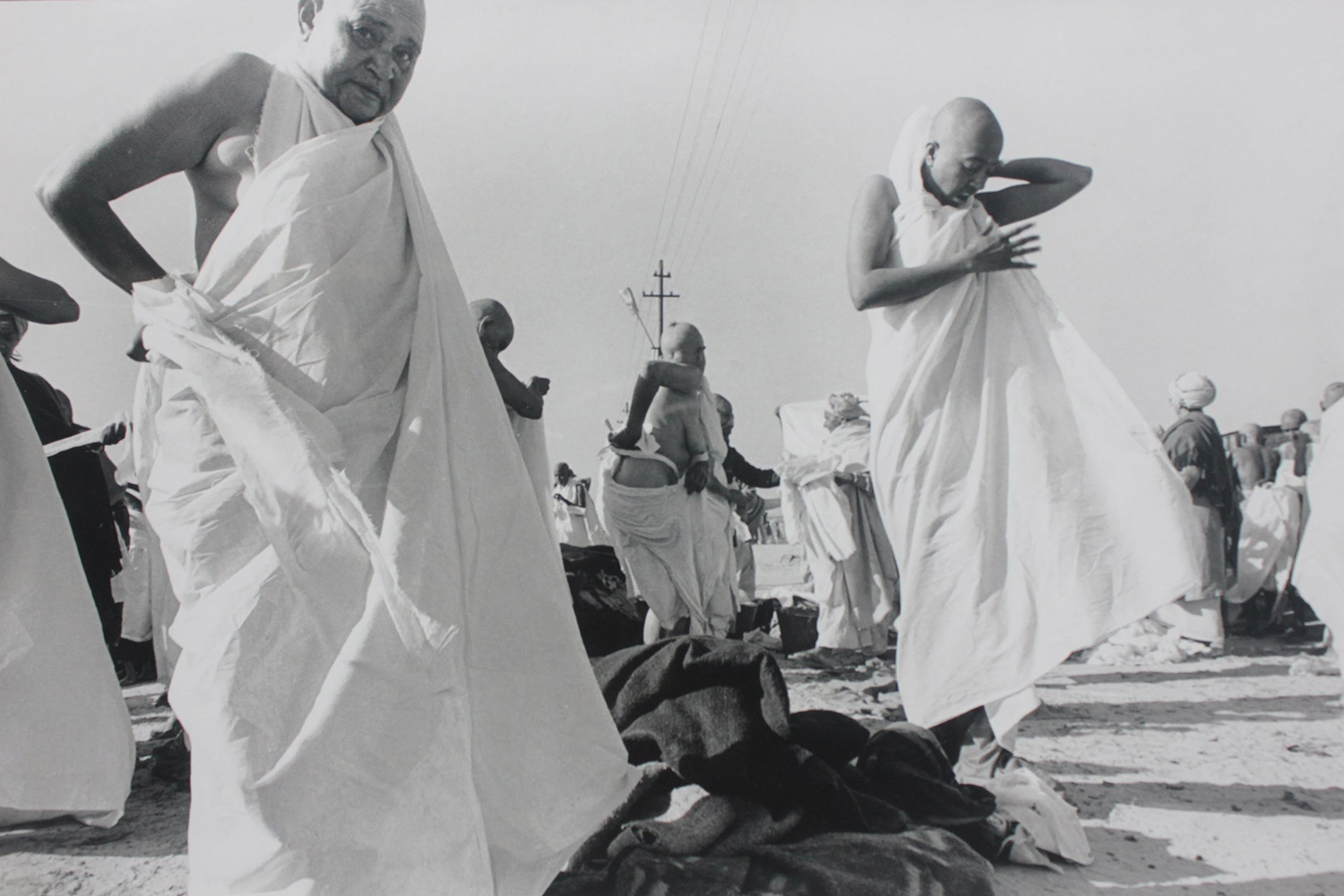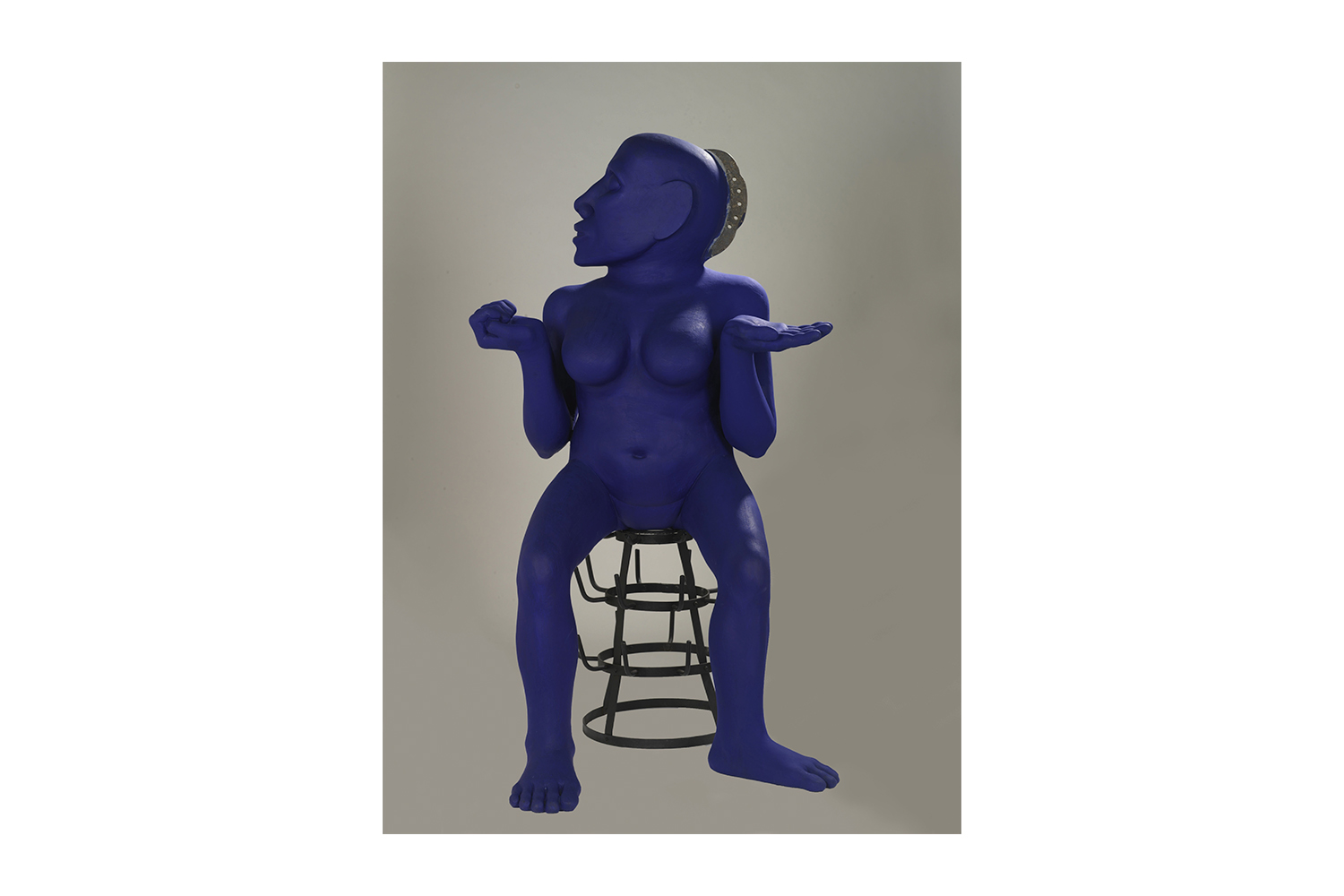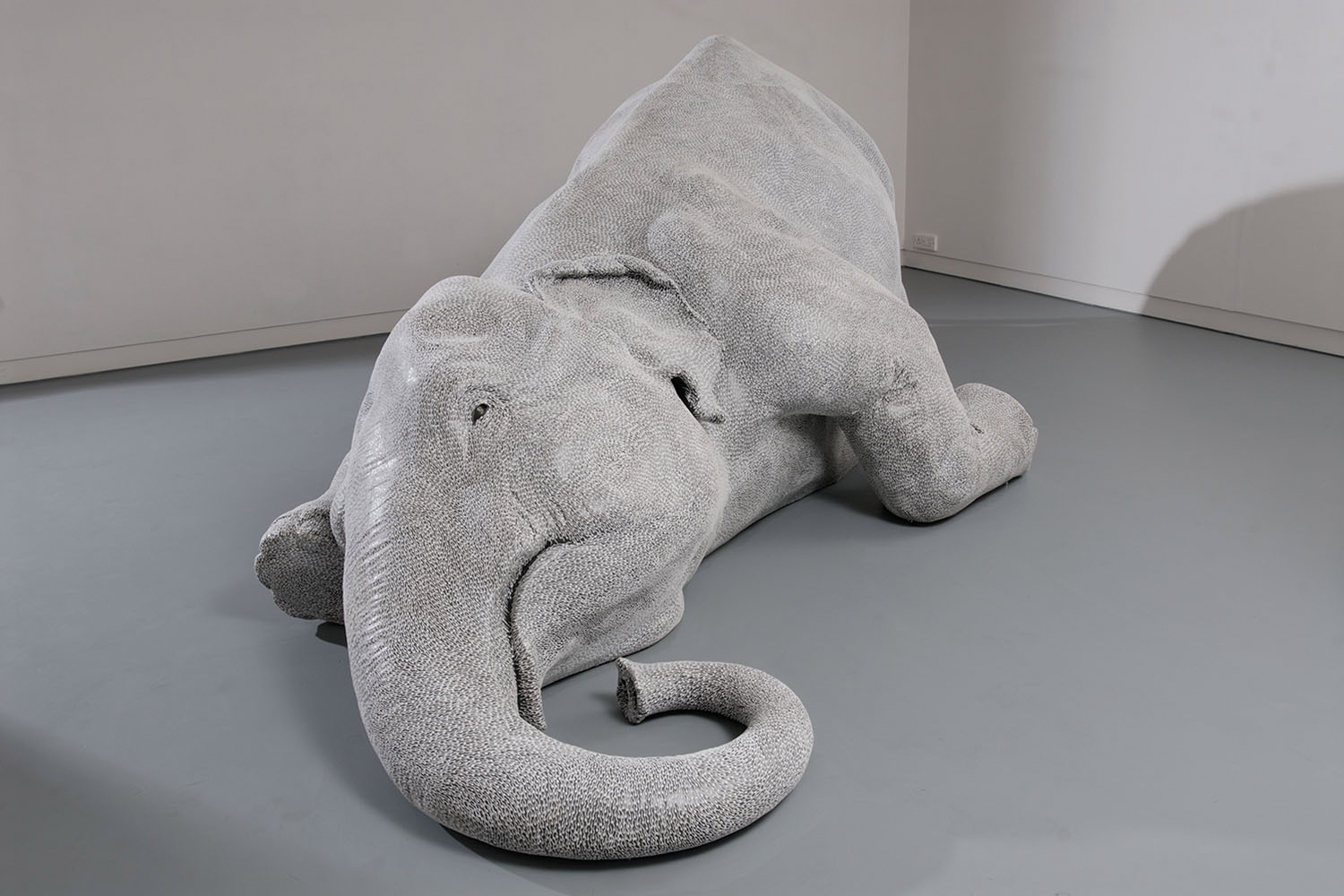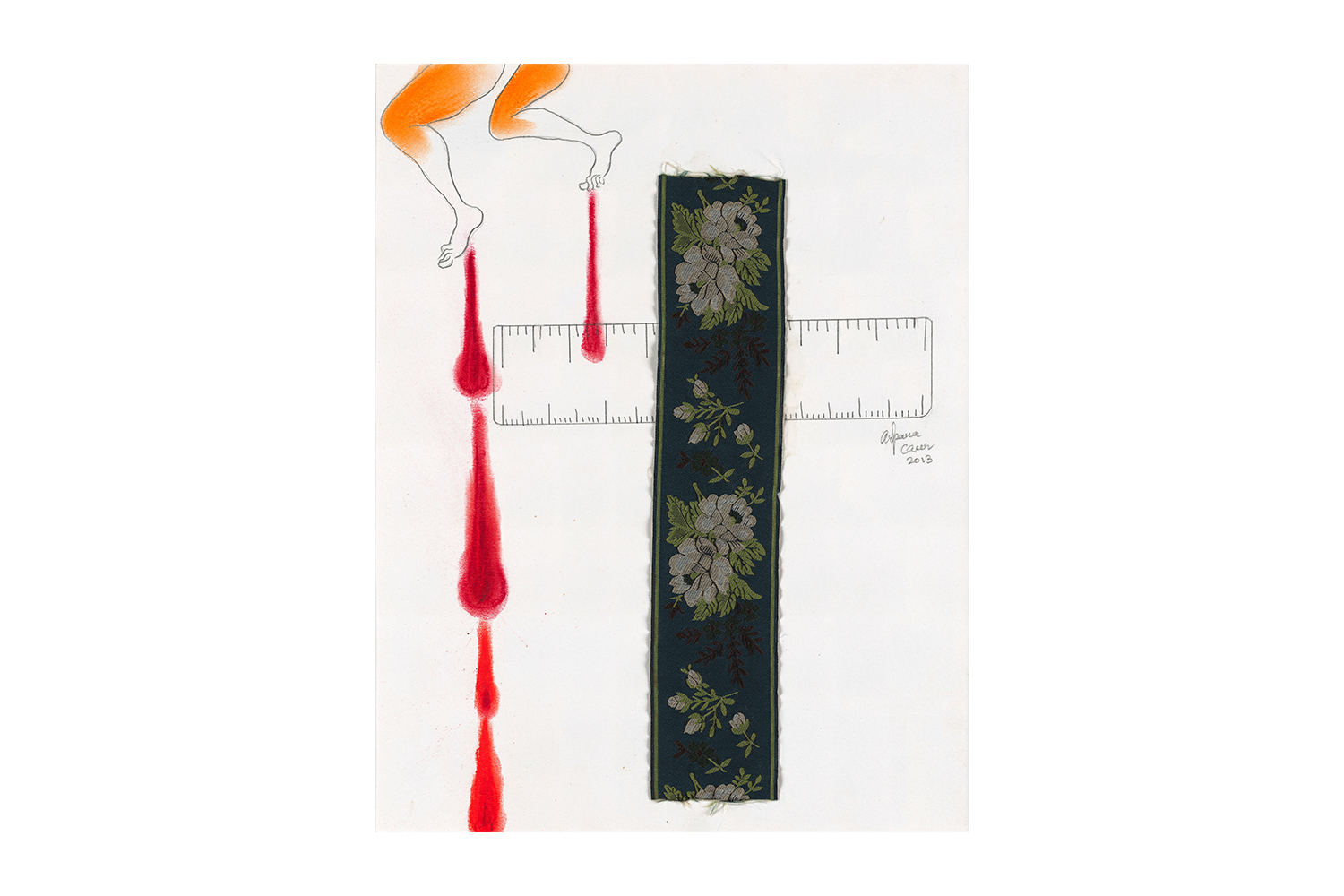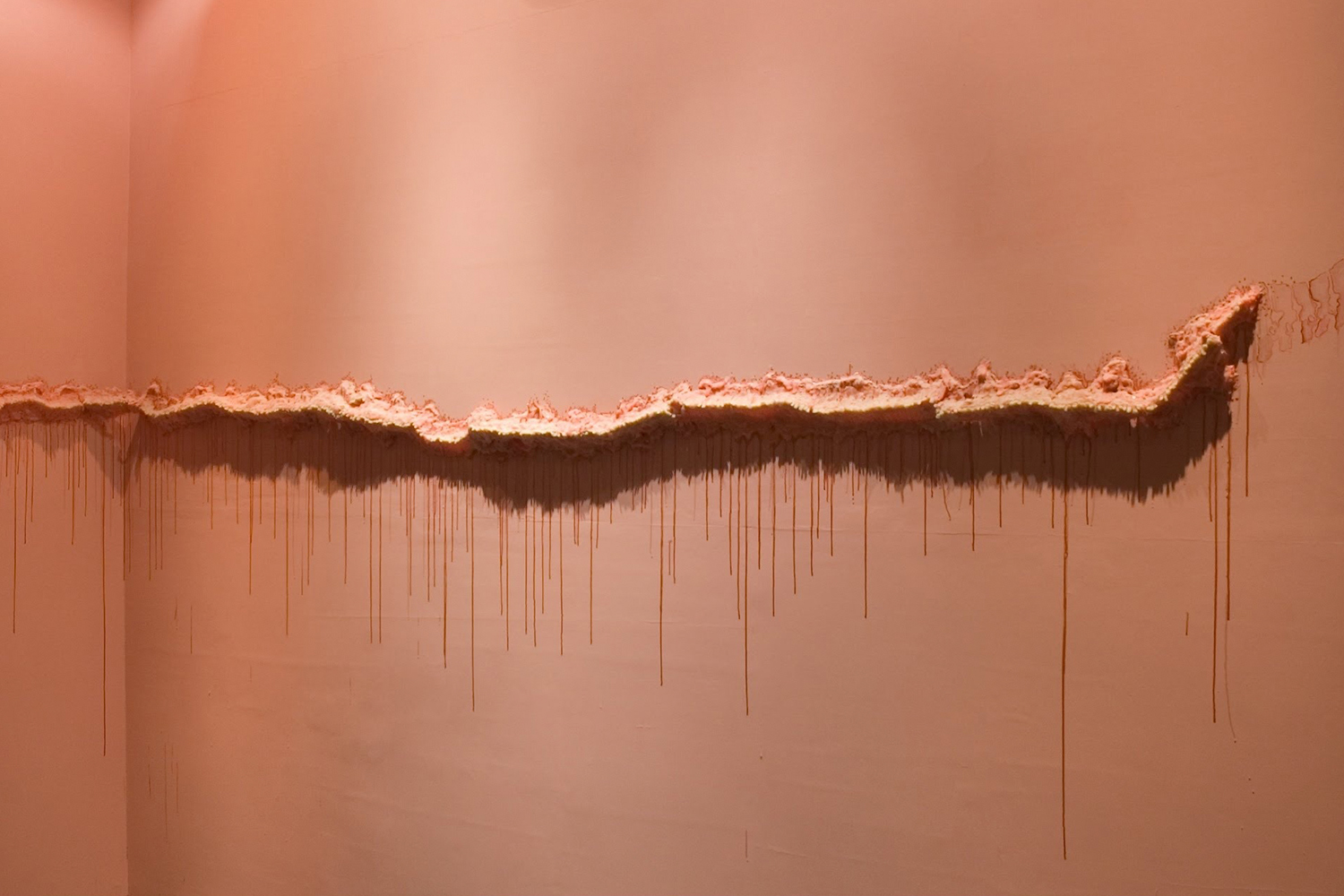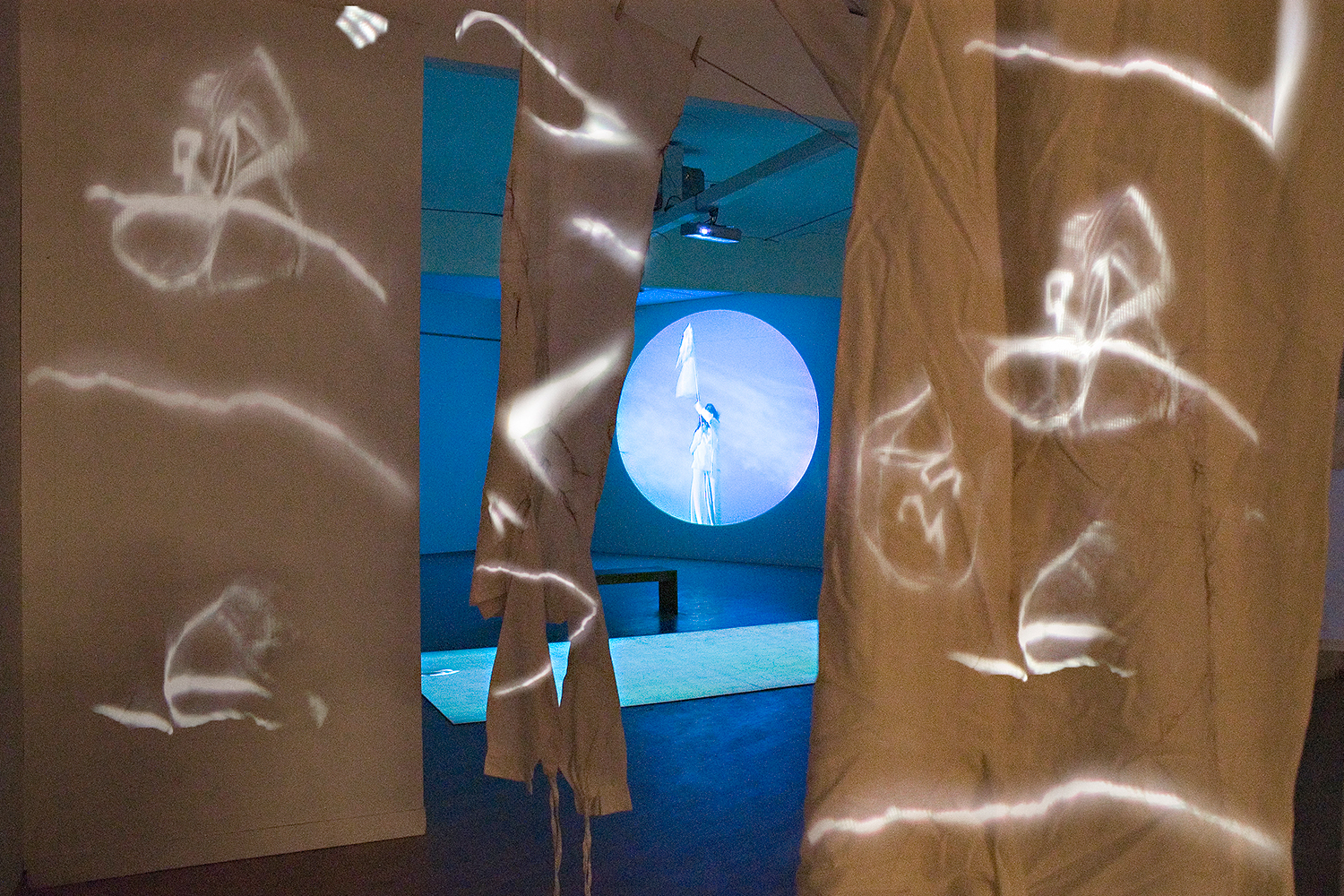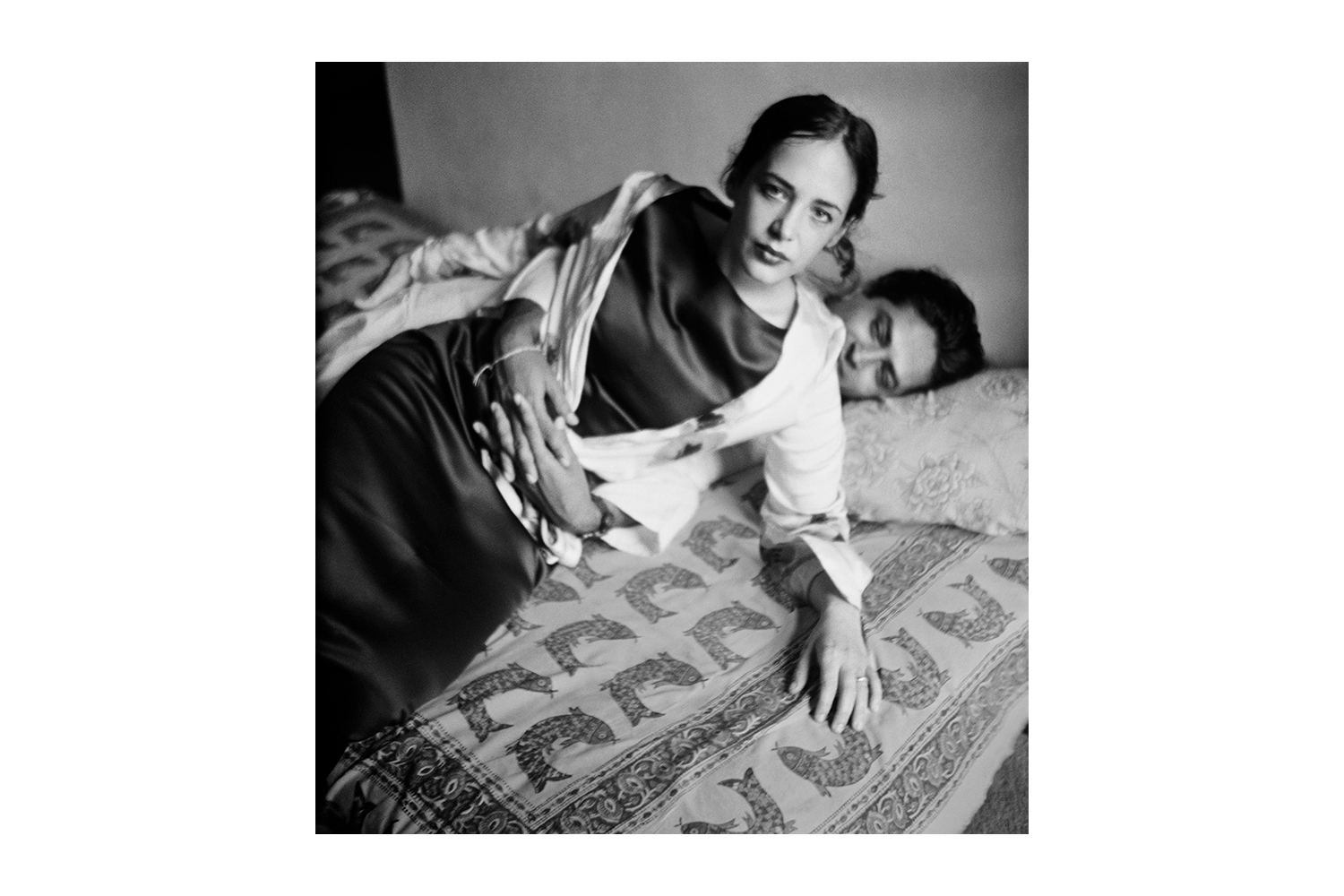ARTICLE
Feminism in Indian Art
The 1980s saw the emergence of artists from indigenous communities, largely from Madhya Pradesh, including women such as Lado Bai, Bhuri Bai and Durga Bai. Working with Bharat Bhavan in Bhopal before establishing their independent careers, they participated in an art market that still consisted largely of upper class and upper caste male artists.
Women artists in the subcontinent have regularly highlighted the gendered view of certain mediums, such as watercolour, performance and video art, and reclaimed them. In the 1970s, a notable group of women artists rose to prominence for their watercolour paintings — Arpita Singh, Madhavi Parekh, Nilima Sheikh and Nalini Malani. They worked across a range of themes but were often seen as a collective following their landmark exhibition Through the Looking Glass (1979), which eventually travelled to different cities between 1987 and 1989.
Performance artists such as Rummana Hussain and Sonia Khurana used their medium to reclaim the female body from the male gaze of modernist art. They saw performance as a way to eliminate the distance and objecthood of an artwork, and it further became a gateway for them to experiment with video. In the late 1990s, several early adopters of video art — distinguished from the more male-dominated area of cinema — were women, most notably Nalini Malani, followed by artists from later generations such as Tejal Shah and Himali Singh Soin.
Photojournalism, despite being a heavily male-dominated profession, saw certain key women practitioners in the twentieth century. At the cusp of India’s independence from the British, Homai Vyarawalla became the subcontinent’s first professional female photojournalist. A graduate of the Sir JJ School of Art, Vyarawalla spent her early career photographing the inner world of women — on college trips, with friends, at play, at work, or on picnics — and the progressively urban life of Mumbai. After these photographs were published in magazines such as The Illustrated Weekly of India and Bombay Chronicle, she was hired by the British Information Service as a photographer, to produce and document films intended to enable British propaganda. Alongside this work, she freelanced as a press photojournalist, and captured the twilight of the British Empire in India as well as the rebirth of India as a free nation. Another notable photographer who was witness to major political upheavals in India is Sheba Chhachhi, who is best remembered for her coverage of protest marches in the 1980s and 1990s. These decades were marked by public demonstrations and action against dowry killings and domestic violence. Her photographs document and testify to the power of feminist solidarity, and underline its magnitude.
Art and activism often went hand in hand for many women artists whose practice involved community participation, such as Navjot Altaf’s work with indigenous groups in Bastar, Chhattisgarh. The transwomen-led Aravani Art Project, founded in 2016, works to increase awareness of the struggles faced by trans and other LGBTQ people in India through graffiti and other street art in urban areas, although transwomen continue to be under-represented in the Indian art world.
The years 2017 and 2018 saw the #MeToo movement in Indian art, a series of accusations of sexual harassment and complicity were made against influential male figures in the Indian art industry. The movement began in 2017 in New York, with a protest against a retrospective of photographer Raghubir Singh, by Indian artist Pyaari Azaadi, formerly known as Jaishri Abichandani. Gaining momentum in 2018, the movement saw allegations being made mostly by women against male artists and curators through anonymous posts on social media, sparking discussions on the patriarchal nature of the industry and its unregulated structure.
Since the 1990s, art itself has been going through a sea-change, as tendencies towards new media such as video and sound, and newer forms such as installation art, assemblage, and performance, have grown. Increasingly, artists who engage with feminist issues do so in conjunction with issues of caste, social strife, globalisation, poverty, and tradition. These artists include Anju Dodiya, Bharti Kher, and Arpana Caur in sculpture and painting; Rummana Hussain, Mithu Sen, and Shilpa Gupta in multi-format conceptual art; Sheela Gowda, and Sharmila Samant in installation art; and Ketaki Sheth, Dayanita Singh, and Pushpamala N in photography.
Significant exhibitions on gender primarily featuring women Indian artists include Dispossession (1995), curated by Geeta Kapur at the Johannesburg Biennale; Woman Artists of India: A Celebration of Independence (1997), Mills College, Oakland; Fluid Structures: Gender and Abstraction in India (2008) at Vadehra Art Gallery, New Delhi; Mapping Gender (2013) at Jawaharlal Nehru University, New Delhi; and In Order to Join (2013-2015), curated by Swapna Tamhane and Susanne Titz, and held at various locations in Germany and Mumbai.
Bibliography
Our website is currently undergoing maintenance and re-design, due to which we have had to take down some of our bibliographies. While these will be re-published shortly, you can request references for specific articles by writing to hellomapacademy@map-india.org.




